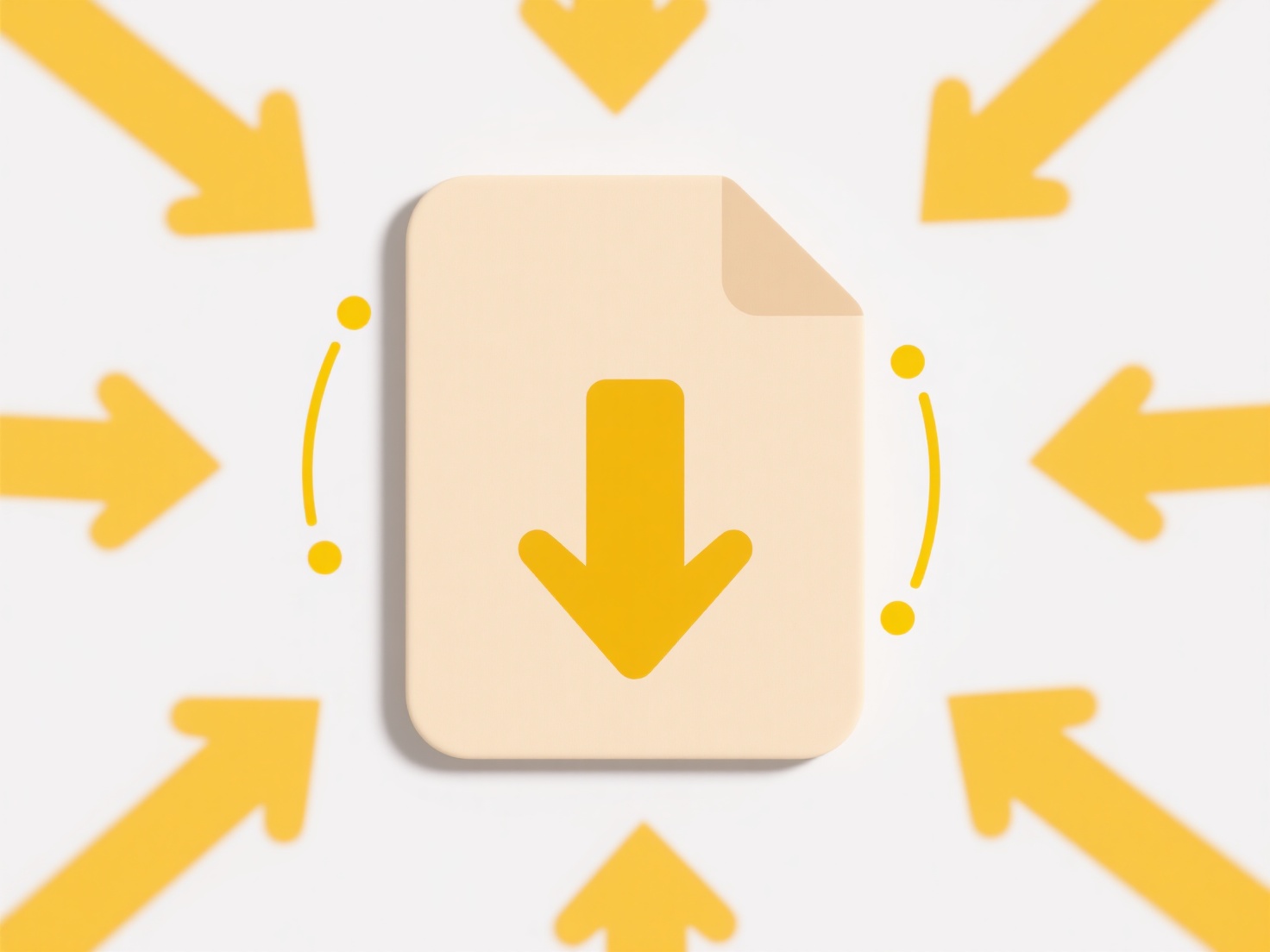
A USB drive copy conflict typically arises when using cloned or duplicated drives simultaneously with a computer system. This primarily refers to software or system confusion caused by two drives containing identical identifiers (like a Volume Serial Number) or identical file structures, especially if both are connected and accessed at the same time. This differs from simply copying files onto another drive, which usually avoids such conflicts unless duplicate files are modified differently on each drive.

Conflicts can occur in specific scenarios: Firstly, when running portable software applications cloned onto multiple USB drives. Connecting two identical clones can cause the OS or application to malfunction, unable to distinguish the correct source. Secondly, during data recovery or drive duplication processes, tools might struggle or report errors if presented with multiple clones having identical low-level identifiers. This is relevant in IT support, digital forensics, or any environment using duplicated drives for backups or distribution.
While cloning offers perceived convenience, this limitation of causing conflicts is significant. Advantages include rapid deployment of standardized drive setups, but disadvantages involve unreliability in simultaneous use and potential data confusion. Ethically, distributing cloned drives requires ensuring users understand the risks. Future file systems might better handle unique identifiers for clones automatically, while network and cloud drives often provide superior conflict resolution for collaborative work, reducing reliance on physical duplicates.
Can USB drive copies lead to conflicts?
A USB drive copy conflict typically arises when using cloned or duplicated drives simultaneously with a computer system. This primarily refers to software or system confusion caused by two drives containing identical identifiers (like a Volume Serial Number) or identical file structures, especially if both are connected and accessed at the same time. This differs from simply copying files onto another drive, which usually avoids such conflicts unless duplicate files are modified differently on each drive.

Conflicts can occur in specific scenarios: Firstly, when running portable software applications cloned onto multiple USB drives. Connecting two identical clones can cause the OS or application to malfunction, unable to distinguish the correct source. Secondly, during data recovery or drive duplication processes, tools might struggle or report errors if presented with multiple clones having identical low-level identifiers. This is relevant in IT support, digital forensics, or any environment using duplicated drives for backups or distribution.
While cloning offers perceived convenience, this limitation of causing conflicts is significant. Advantages include rapid deployment of standardized drive setups, but disadvantages involve unreliability in simultaneous use and potential data confusion. Ethically, distributing cloned drives requires ensuring users understand the risks. Future file systems might better handle unique identifiers for clones automatically, while network and cloud drives often provide superior conflict resolution for collaborative work, reducing reliance on physical duplicates.
Quick Article Links
Why does Dropbox create “conflicted copy” files?
A conflicted copy file is created by Dropbox when it detects simultaneous editing of the same file from different device...
How do I find duplicate folders?
Locating duplicate folders involves identifying directories containing identical files or subfolder structures, regardle...
Can I rename log files by time of day?
Renaming log files by time of day refers to the practice of adding timestamps, such as hour and minute, to log filenames...